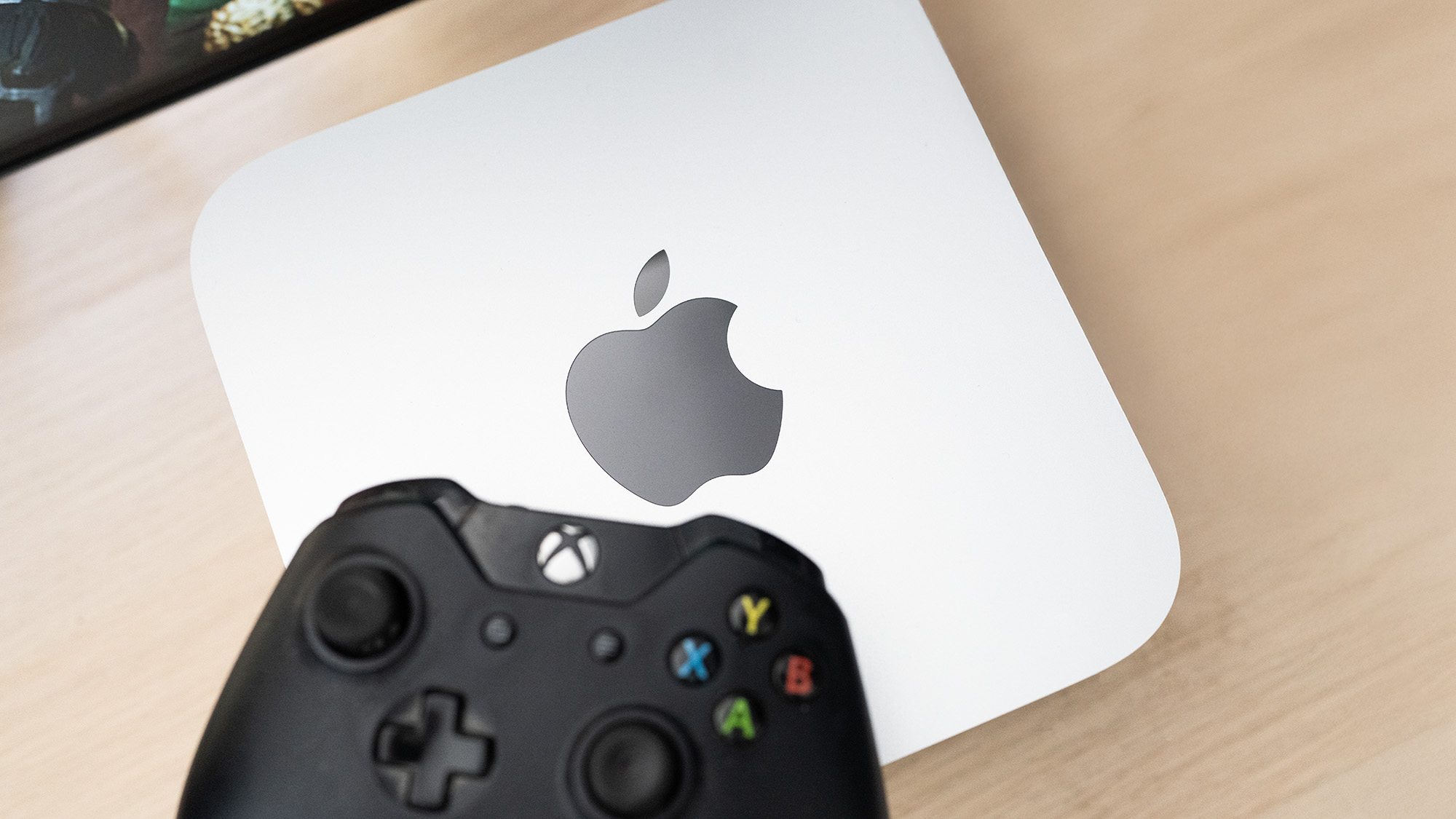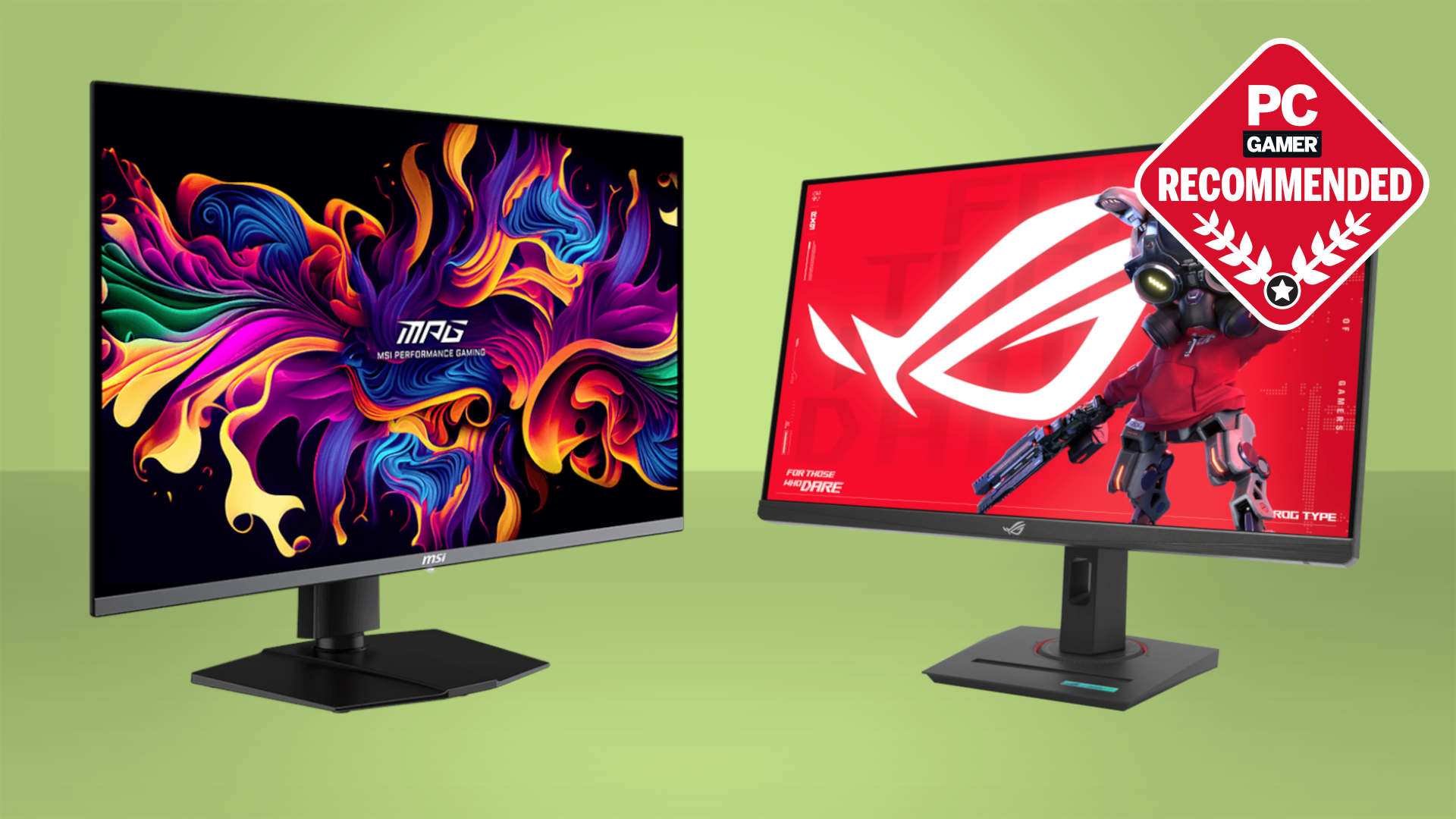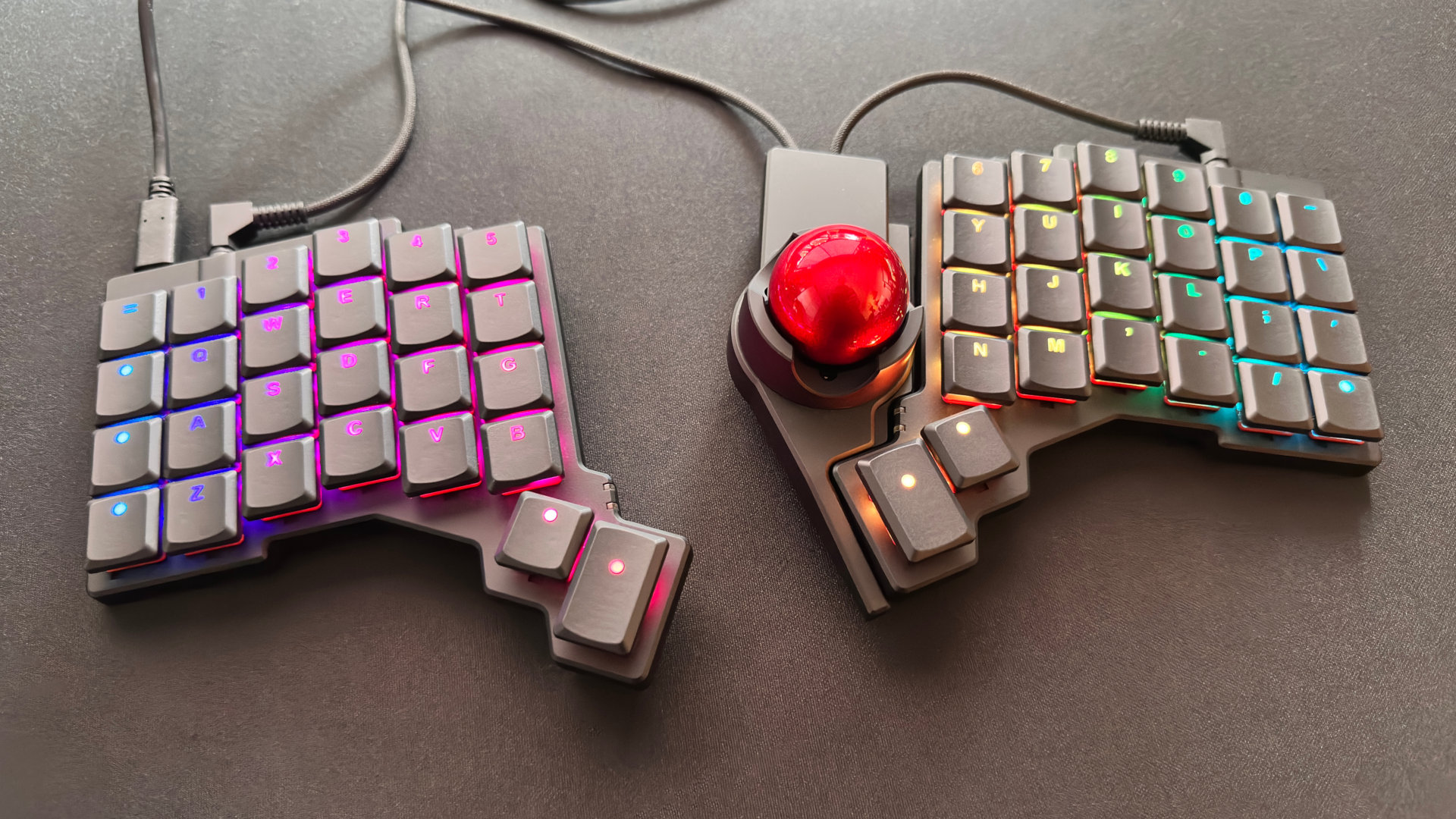Our Verdict
A professional tool at heart, the Mac Studio with M4 Max offers enough graphics power to make a decent gaming machine too. It does cost an awful lot of money, however, so games will always be a secondary concern to its owners.
For
- Extraordinarily compact
- Excellent CPU performance
- GPU isn’t bad
Against
- You’ll get more frames for less cash elsewhere
- Mac gaming still not on a par with Windows
- Christ, what are you doing? Buy something else for gaming
PC Gamer's got your back
The feeling when you take a piece of new hardware out of the box is unsurpassed in the field of human experience. Whether it's a motherboard or a USB SSD or a goddamn printer, unboxing is great fun. People even make videos about it.
And however you feel about Apple, you have to admit that the Cupertino phone company does good packaging. The box for the Mac Studio even comes with a carrying handle, and when it opens up the sides fall away to reveal the slab of sharply milled aluminium inside in an act of theatre to rival the moment a magician unveils his lovely assistant from within a wooden box.
At the time of writing, new Macs are packing variants of Apple’s M4 CPU, an ARM-based design that’s as far removed from the weak chip that powers your Android phone as a Siberian tiger is from a house cat. The basic M4 in the MacBook Air comes packing 10 cores and easily beats the Intel Core Ultra 7 265V despite being passively cooled, and what we’ve got here is an order of magnitude better.
There isn’t just any M4 in the Mac Studio we've got our hands on, this is an M4 Max and, to use a technical term, it’s a bit powerful. The machine tested here is also £3,799/$3,699, around the same price as a Razer Blade 16 with an RTX 5080 and an OLED screen, but we’ll gloss over that.
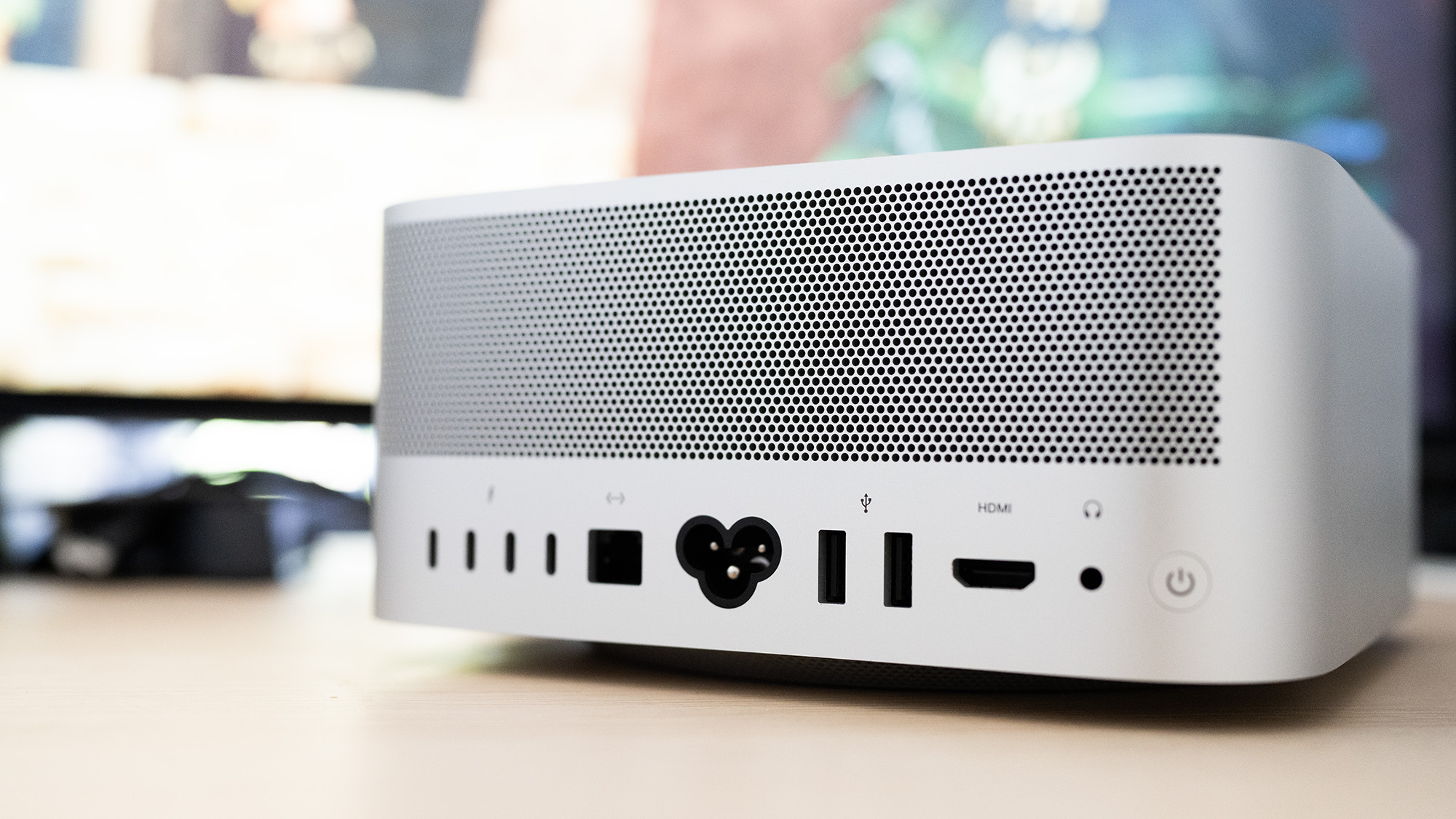
CPU: Apple M4 Max (16-core)
NPU: 16‑core Neural Engine
Graphics: Integrated, 40 cores
Memory: 128 GB
Storage: 1 TB SSD
Ports: 4x Thunderbolt 5, 2x USB 3 Type-A (5Gbps), 1x HDMI 2.1, 1x 10 Gbps Ethernet, 3.5 mm headphone jack; 2x USB-C (10Gbps, front), 1x SDXC reader (front)
Wireless connectivity: Wi‑Fi 6E, Bluetooth 5.3
Dimensions: 9.5 x 19.7 x 19.7 cm
Weight: 2.74 kg
Price: $3,699 | £3,799
For your money you get a 16‑core CPU, and importantly a 40‑core GPU. The M4 version of Apple’s graphics chip supports ray-tracing, and in synthetic benchmarks it comes out somewhere around the RTX 4070 level, though direct comparisons between the different GPUs are tricky. It certainly beats the AMD Radeon 8050S in the Asus ROG Flow Z13, which is considered one of the better integrated GPU solutions at the moment. Our Studio also has 128 GB of RAM, which is probably overkill for gaming but makes sense when you consider the kind of tasks Mac power-users are likely to set their machines, and it offers a bit of future-proofing too, as the Studio can’t be easily upgraded once you’ve ordered it.
It does all this in the kind of SFF case that makes the Fractal Terra look positively ginormous—there are smaller mini PCs from the likes of Minisforum, but not many with this kind of power—and it pulls about 100 W all-in. There's a fan in the case, but it’s not required a lot of the time, and you’ll never know it’s there unless you’re making it work exceptionally hard. Also, being a modern desktop Mac, you get loads of Thunderbolt 5, an HDMI 2.1, 10 Gbps Ethernet, some 10 Gbps Type-C ports and 5 Gbps Type-A ports, and even an SDXC reader. It can output to five monitors at once, and is well equipped for life on a desk. Wi-Fi is version 6E, which is surprising as you’d expect Apple to have the latest, but it’s good enough.
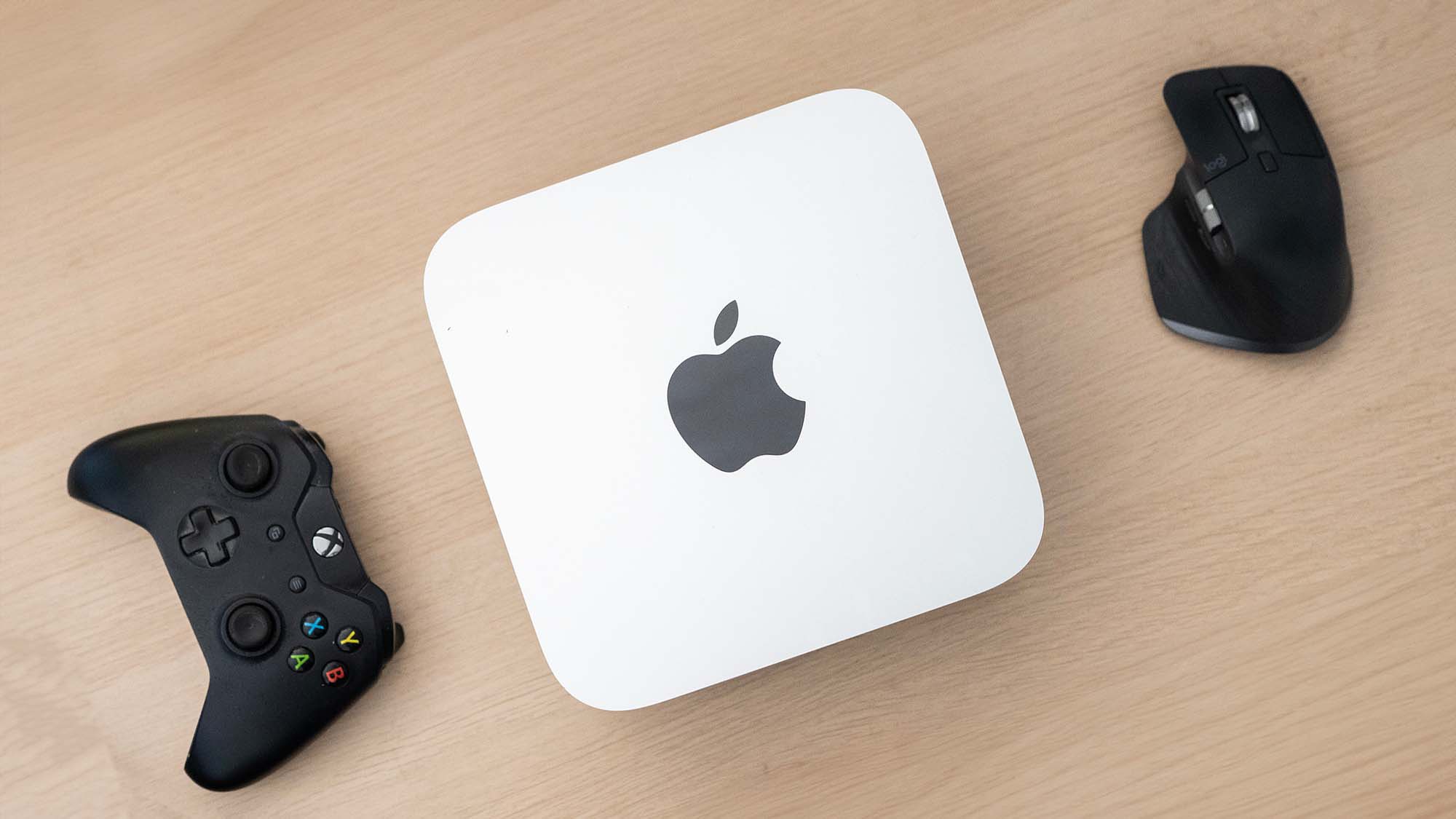
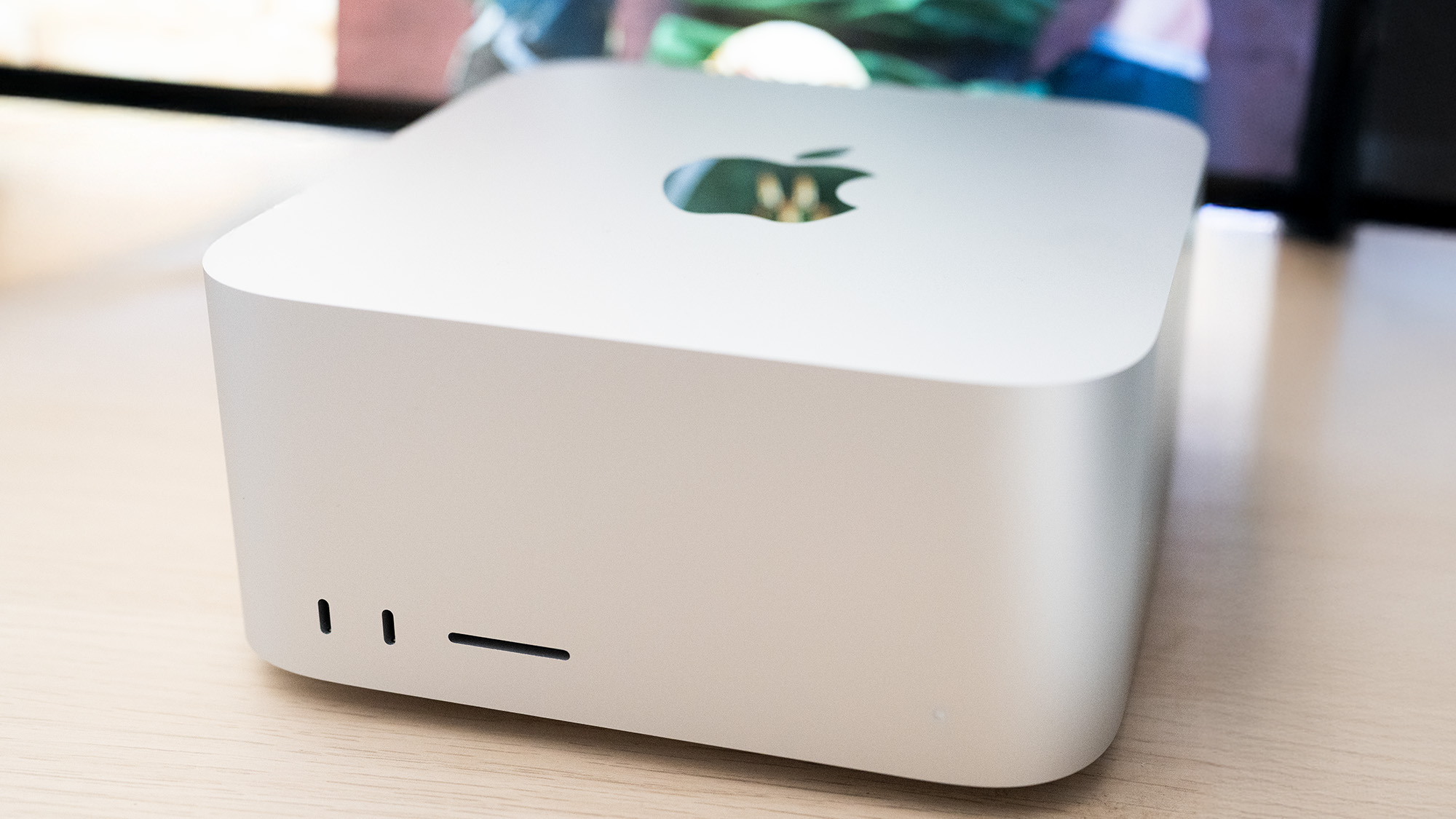

Mac gaming has come a long way in the past few years, but things aren’t perfect yet. When I installed Steam onto the Studio, I was interested to see how much of the PC Gamer benchmark suite (TM) would be supported, and… it’s not much. While a native version of CyberPunk 2077 with ray-tracing should be released later this year, crucially it’s not out just yet, and the benchmarkable games tend to be older ones from the days of Kaby Lake.
Keep up to date with the most important stories and the best deals, as picked by the PC Gamer team.
There are a lot of games with a native Mac version on Steam, and there are versions of Assassin’s Creed Shadows and Mirage on the Mac App Store, for just two examples. Combined with an M-series Mac’s ability to run iOS apps this means a lot more games are available, though these are often mobile ports meant for the iPad.
Still, from Steam alone it’s possible to have a very good time on a Mac. There's Metro Exodus, Frostpunk 2, Civ VII, Stardew Valley, WH40K Rogue Trader, XCOM 2, Alien Isolation, a few COD games and lots more, though it’s still a much slimmer selection than that faced by Windows gamers.
What Shadow of the Tomb Raider shows us is that, despite the high performance level of the M4 Max’s GPU, it’s still not quite enough to get to 60fps in 4K/highest. Interestingly, the 4K score is exactly what our reference RTX 3070 hits. The stats the game provides show it GPU-bound 99% of the time in 4K, so we’re really maxing out those graphics cores. It’s definitely playable, though dropping down to 1440p produced something much more palatable to modern high refresh-rate monitors—and it still showed as GPU limited 98% of the time. At 1080p this drops to 53%, suggesting 1440p is very much the sweet spot here.
We've also got some comparative numbers for Warhammer III, where the new RTX 5060 Ti is delivering the same sort of 4K frame rates as the M4 Max here.
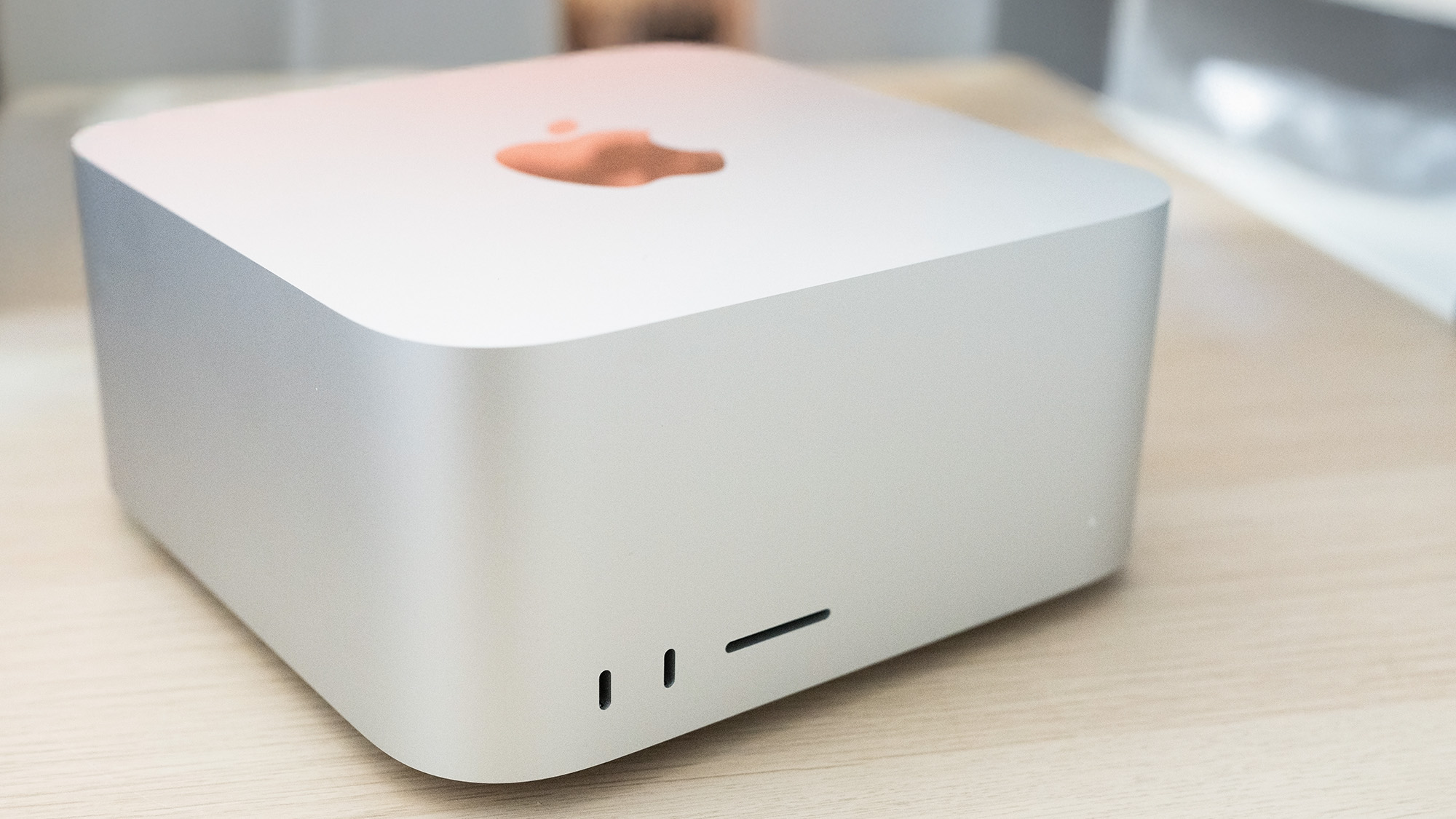

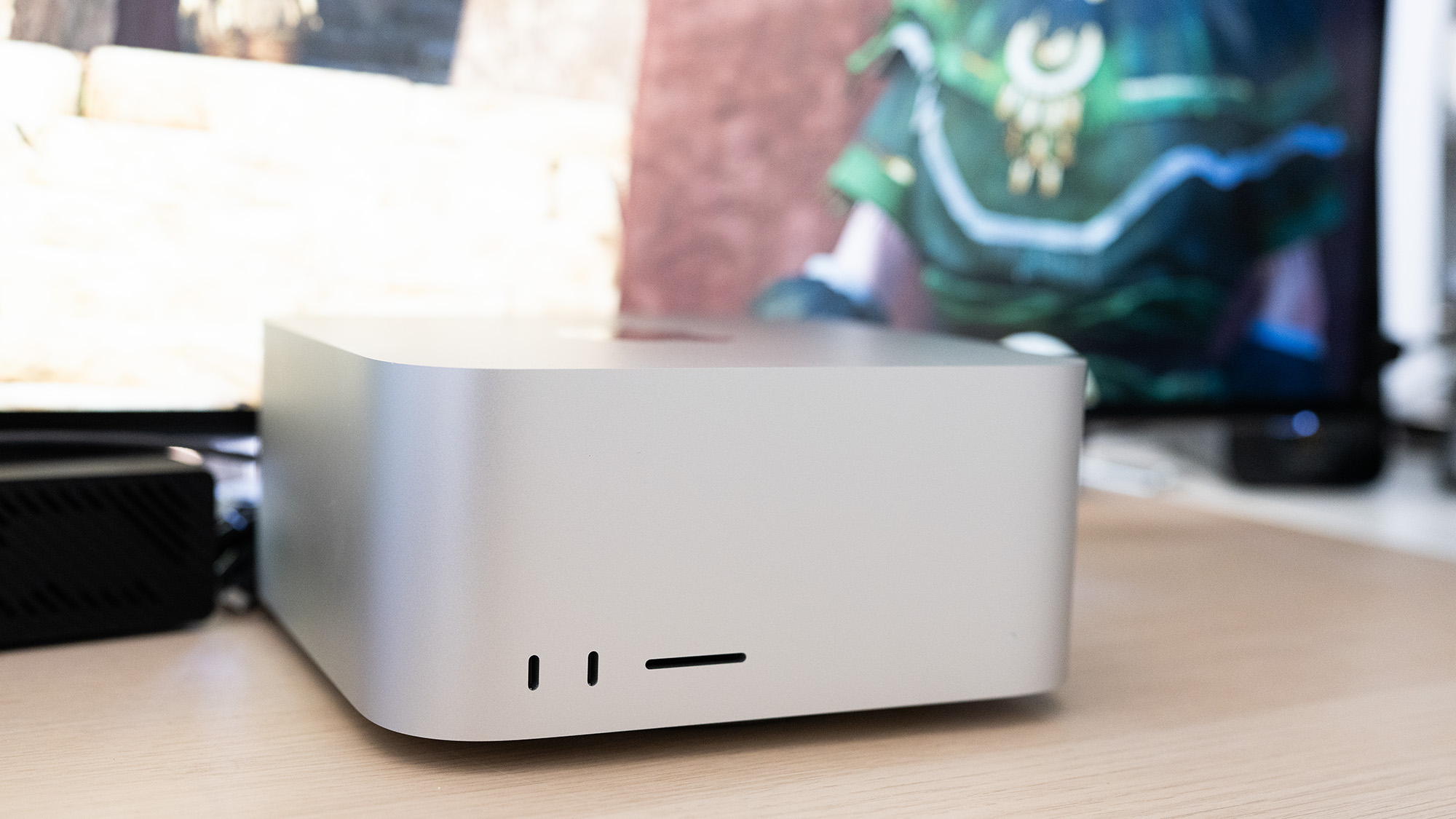
Shadow of Mordor has some weird video options, so I chose something close to 4K and got a playable frame rate in its benchmark tool. The 1440p and kind-of-1080p settings show the kind of frame rate increases you’d expect, with 1440p looking like a great option across all the games we tested, and only Shadow of Mordor showing outrageous dips in frame rate to completely unplayable levels when running in slightly-more-than-4K.
✅ You want a device that will help earn you money and lets you game on the side: Use it for your video work, your graphic design, or whatever creative earns you money, with gaming as a happy little secondary activity once the working day is over. It does well at just about anything.
❌ You're after a mini PC just for gaming: Literally anything else will do for gaming. Buy a Steam Deck, buy an HP Omen tower, buy a Switch, but this inevitably makes no sense as a primary gaming computer.
In the synthetic CPU benchmarks, the M4 Max puts out some excellent scores. For comparison, a Ryzen 7 9800X3D I happened to have laying around scored 132 in Cinebench’s single-core test, a 36% win for the Mac, and 1336 in the multi-core test, for a huge 57% increase in the M4 Max’s favour. This is to be expected when you pit a 16-core chip against an eight-core one, even one as beastly as the 9800X3D. The 16-core Ryzen 9 9950X3D and the nominally 24-core Intel Core Ultra 9 285K both post better multithreaded scores, but are still a mile off when it comes to single core performance.
You’d never buy a Mac Studio like this as a gaming PC, but if you want to take some time off from visualising a striking new brutalist architecture, torturing LLMs or designing a novel form of minimalist coffee cup, slip off your black-framed glasses and recline in your Herman Miller for a while, then the M4 Max will give you a satisfying experience at 1440p, though I suspect you may have to turn it down to 1080p for more modern games, especially once that ray-traced version of Cyberpunk arrives.
A professional tool at heart, the Mac Studio with M4 Max offers enough graphics power to make a decent gaming machine too. It does cost an awful lot of money, however, so games will always be a secondary concern to its owners.

Ian Evenden has been doing this for far too long and should know better. The first issue of PC Gamer he read was probably issue 15, though it's a bit hazy, and there's nothing he doesn't know about tweaking interrupt requests for running Syndicate. He's worked for PC Format, Maximum PC, Edge, Creative Bloq, Gamesmaster, and anyone who'll have him. In his spare time he grows vegetables of prodigious size.
You must confirm your public display name before commenting
Please logout and then login again, you will then be prompted to enter your display name.
